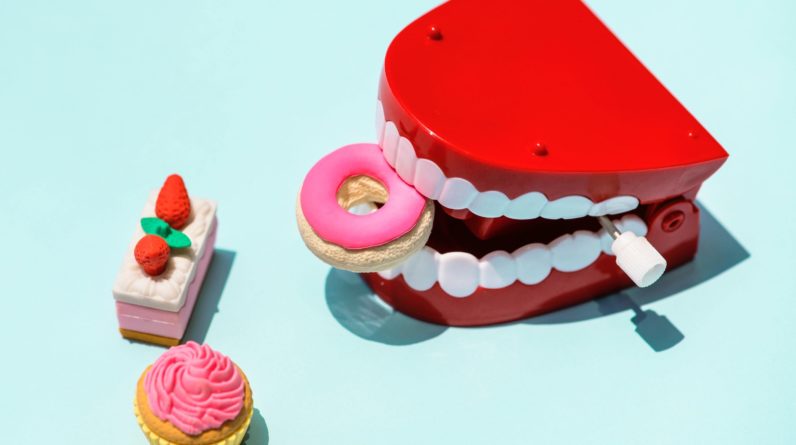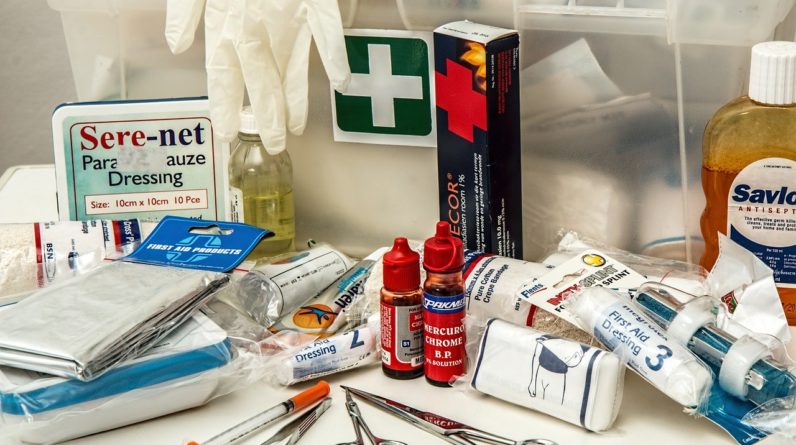
We all know that sugar is bad for our dental health but cutting back can sometimes be hard.
The following are some useful tips for kicking the sugar habit for good. Not only will your teeth and gums be healthier, your dental bills will shrink along with your waistline.
1. STEER CLEAR OF FIZZY DRINKS
A good first step to reducing your sugar intake is to cut down on fizzy drinks and sweet drinks. We are literally bathing our mouth in sugary, acidic fluid every time we reach for a cold one.
Your sugar intake from these kinds of drinks cannot be underestimated. The average can of cola contains around 40 g of sugar – that’s about 10 teaspoons!
Unfortunately, switching to sugar-free cola doesn’t necessarily solve the problem, as your teeth will suffer from high acidity. Acids cause you to lose minerals from teeth and erodes tooth enamel.
Sugar-free cola is almost as acidic as ordinary cola, and the American Dental Association (ADA) classifies it as ‘extremely erosive’ on its list of drinks to avoid.
Watch out for fruit juices too. Even though they are a natural food they are high in fruit sugars and very acidic, and are classed by the ADA as ‘erosive’.
If you want something refreshing and find water uninspiring, coconut water is very alkalising and makes you feel like you’re having a treat.
2. HAVE A CLEAR OUT
Get rid of all the sweet stuff in your kitchen cupboards. Don’t tell yourself it’s for the children – they will benefit from fewer sugary foods as much as you will. Although they may complain at first, they will soon get used to it as long as you provide them with non-sugary snacks.
Healthy alternative snacks to have on hand include:
- Cheese – great for building up calcium in the teeth and the alkaline properties in cheese reduce harmful acidity in the mouth
- Dips and cut-up vegetables
- Fresh soups, either homemade or from the supermarket
3. RETRAIN YOUR SWEET TOOTH
It’s easier than you think to retrain a sweet tooth. Before you know it, your cravings will disappear and sugary foods that you previously loved will begin to taste unpleasantly sweet.
The best way to change your tastes to more savoury foods is to:
- Cut down on starchy carbs in your meals. These include foods such as bread, rice, pasta and potatoes. These have the same destabilizing effect on your blood sugar as sweet foods and will make your body demand sugar in an effort to counteract blood sugar dips.
- In place of starchy carbs, make sure you’re having plenty of protein in each meal, such as meat, fish, poultry beans, eggs or protein powders. This will help keep you fuller for longer so you’re less likely to snack.
- Gradually, train yourself to stick to three meals a day as this will help keep your blood sugar even and steady.
4. BEWARE OF FRUIT
Fruit is nutrient-dense and provides a good source of fibre. However, you can have too much of a good thing. Fruit mainly contains fructose, a natural sugar that is nevertheless just as damaging as sugar. Fruit also tends to be quite acidic.
The worst culprit is dried fruit which is perceived as healthy but should only be consumed in moderation i.e a little bit in your muesli. The dehydrating process highly concentrates the natural fruit sugars. Plus, dried fruit will stick to teeth, providing a haven for unwanted bacteria to grow.
5. CHALLENGE THE OFFICE STATUS QUO
Some offices have muffins and sweets provided on hand nearly all the time. This is a challenge for most people who want to stay healthy, and, if you talk to your colleagues, you’ll probably find that most of them would prefer not to be tempted by calorific sweet foods on a daily basis.
If this is the case, speak to your manager and see if the treats could be dropped or, maybe replaced with healthy treats, such as coconut waters, nuts or beef jerky.
Or, if this is not an option, make sure you have a healthy non-sugar alternative in your desk drawer. There are some very good sugar-free chocolates available in the health section of the supermarket that will stop you from being tempted.
READ MORE:





